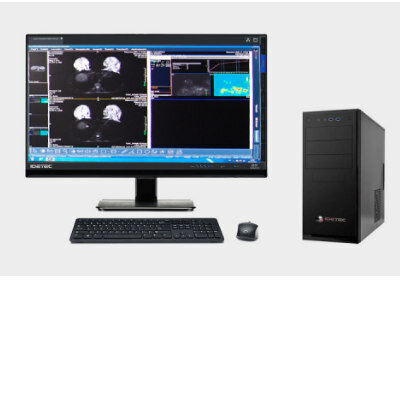Cumulative Radiation Exposure Shows Increased Cancer Risk for ER Patients
By MedImaging staff writers
Posted on 23 Jun 2008
According to a new study, emergency room (ER) patients may be receiving radiation doses estimated on the basis of medical diagnostic imaging studies, such as computed tomography (CT) scans, which can be detrimental to their long-term health prospects, putting them at an increased risk of developing cancer. Up to now, ER physicians have not been made aware of the cumulative amount of radiation that their patients receive. In fact, they currently have no way to know or estimate any given patient's cumulative dose. A new study hopes to quantify and additionally examine these concerns.Posted on 23 Jun 2008
Led by Timothy B. Bullard, M.D., M.B.A., from the Orlando Regional Medical Center (ORMC; FL, USA), the cross-sectional study evaluated the amount of ionizing radiation that a random selection of patients received over a five-year period at ORMC and Washington Hospital Center (Washington, DC, USA). The study is the first to estimate the total cumulative radiation dosage delivered to a population from multiple diagnostic imaging modalities during a defined period of time.
Patients had a median cumulative estimated effective radiation dose of 45 milliseiverts (mSv), with CT scans and nuclear medicine studies contributing the most radiation. Of the sample population, 12% was estimated to have received 100 or more mSv of radiation, a value that exceeds the accepted threshold of safety for exposure to low-level ionizing radiation. If study patients are representative of the general emergency department population, then a considerable number of individuals may be placed at increased risk of developing cancer over their lifetime from diagnostic imaging studies as a result of these exposures.
"Our research hopefully will affect the habits of physicians who routinely order medical imaging diagnostic studies in their practices,” said Dr. Bullard. "We also hope that our research will further promote the need for electronic medical records with portability and encourage the development of an individual patient cumulative exposure estimate tool.”
The study was presented at the 2008 Society of Academic Emergency Medicine (SAEM) annual meeting in Washington, DC, USA, on May 29, 2008.
Related Links:
Orlando Regional Medical Center
Washington Hospital Center














